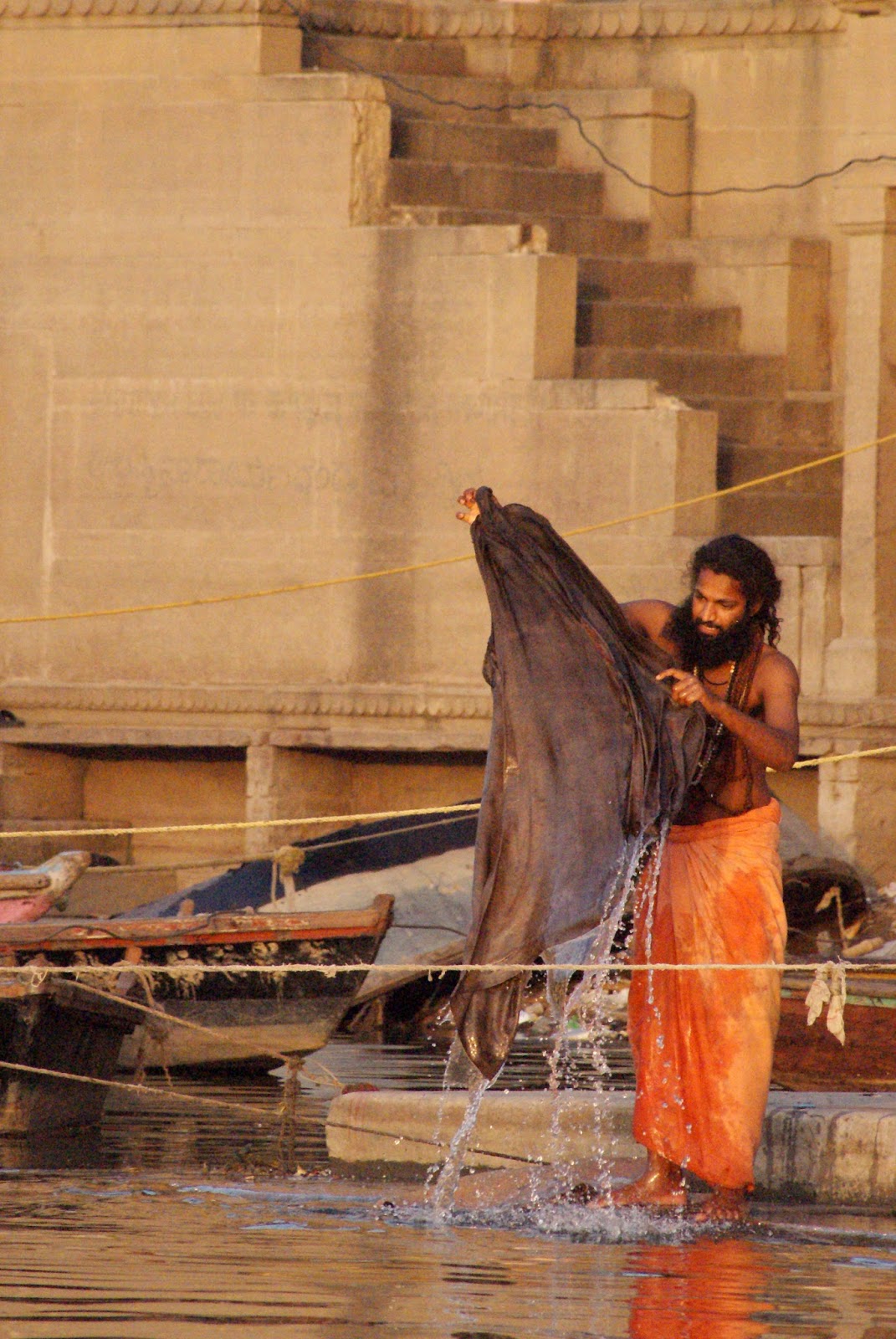Though often referred to as caves, the monuments of Ajanta
and Ellora are manmade structures. Comprised of numerous monasteries, shrines,
temples, and living quarters, each of these sites provides visitors with a
unique glimpse into the extreme lengths to which man will go in the name of
religion.
Ajanta’s structures, carved into a cliff wall encircling the
U-bend in the Waghur River, are the oldest of India’s famous rock-cut caves. Dating
from as early as 200 BCE, the site’s various enclaves are entirely Buddhist.
Filled with stone carved scenes depicting the life and teachings of the Buddha,
Ajanta served as a monastery for Buddhist monks for up to 800 years.
The staying power of Ajanta’s hand-carved statues and
monasteries is not nearly as impressive as the fact that a handful of its
numerous frescoes are fairly intact. It is absolutely amazing to see remnants of frescoes,
which disintegrate in chunks of falling plaster, survive over 2,000 years of
history.
Sometime during the 5th-7th centuries the style of rock cut
cave monasteries began to be replicated some 100 kilometers away in Ellora,
leading to the abandonment of the Ajanta Buddhist settlement.
The various structures at Ellora display primarily Hindu,
but also Jain and Buddhist temples and monasteries. Historians believe that the
coexistence of temples from all three religions in one single site demonstrates
a unique time period of religious tolerance in Indian history.
Directly at the entrance to Ellora sits its main attraction. Marking the height of
the development of India’s rock cut temple architecture, the Kailasa Temple is
the crown jewel of Ellora’s complex. Built over the course of multiple
generations, carved from a single rock from the top down, Kailasa demonstrates
an incredible ability to plan and execute a design.
Looking at the tool marks visible on the floors, walls, and ceilings of Ellora and Ajanta, it is nearly incomprehensible that human hands carved such buildings directly from the earth. Elaborate, beautiful, and impressive, the caves of Ellora
and Ajanta are impeccable examples of the feats and determination of man.



















































